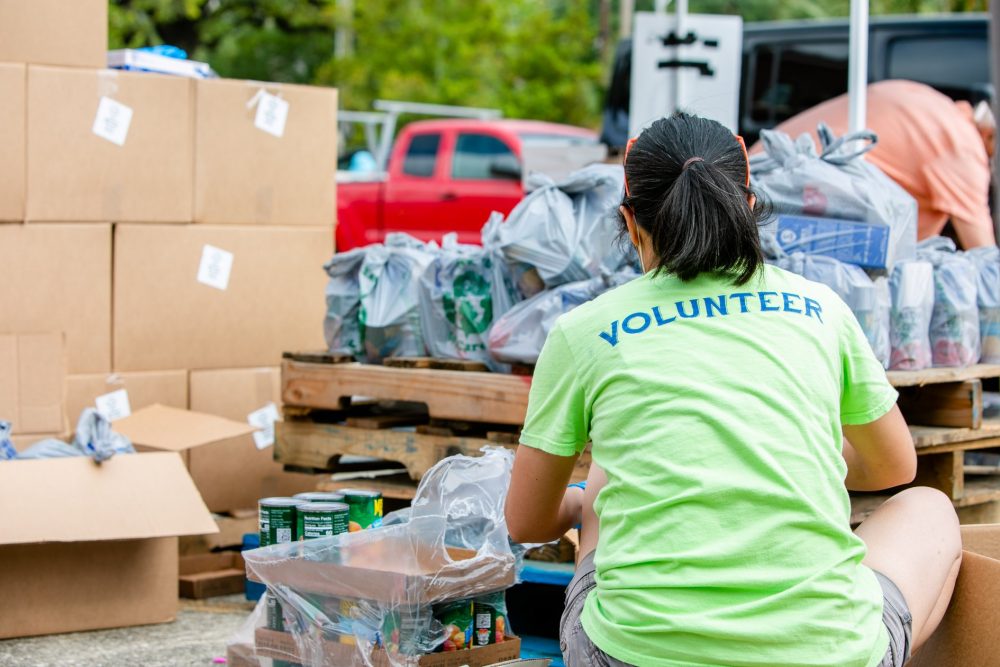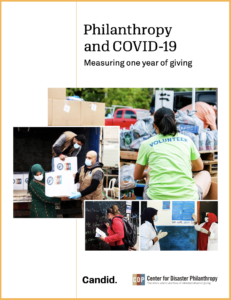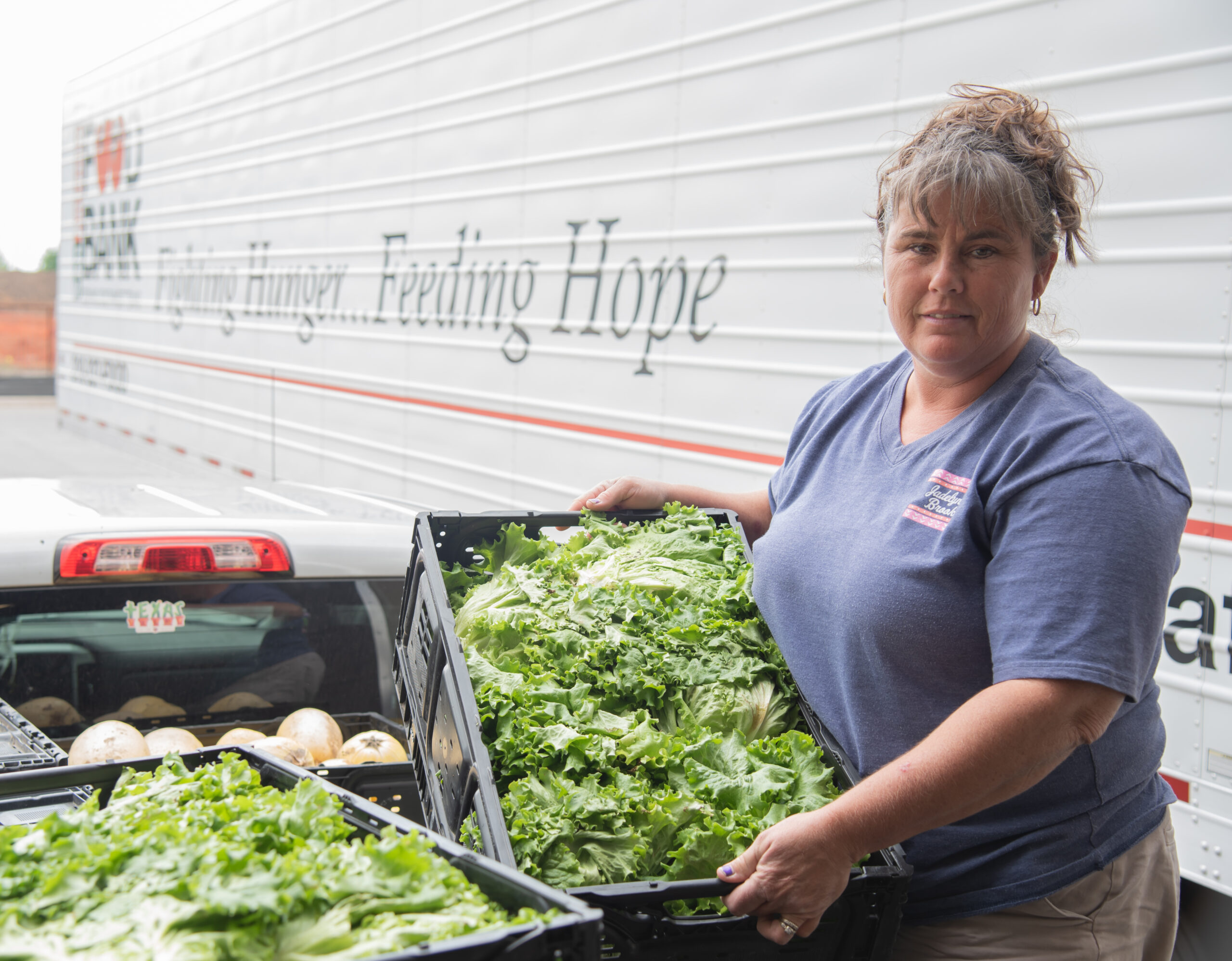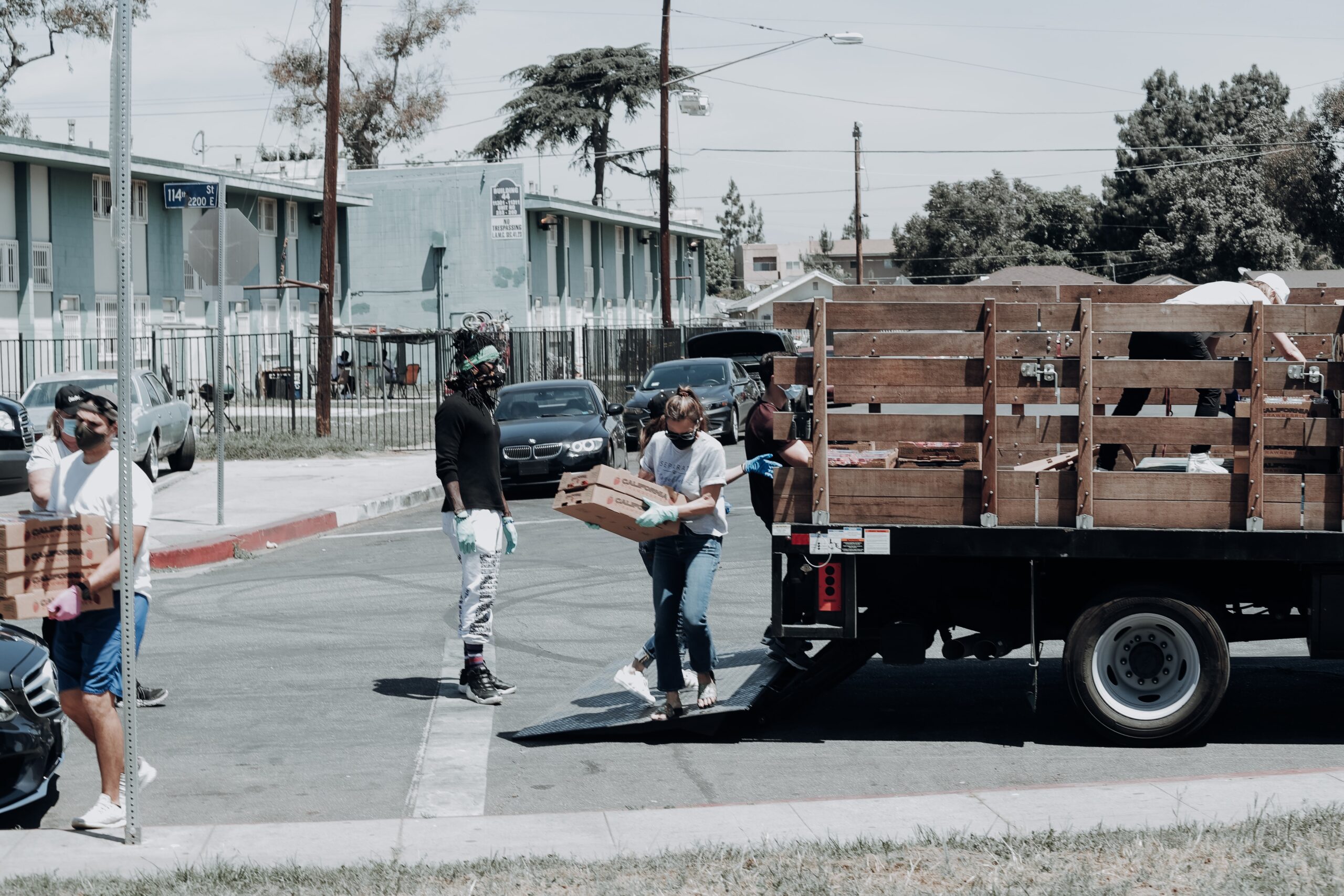Philanthropy and COVID-19 in 2020: Measuring One Year of Giving
The world has been reeling from the effects of the COVID-19 pandemic for more than a year now. Individuals and communities have adopted social distancing and mask-wearing while plexiglas is in abundance. These safety measures have become our new normal. Every element in our society has adjusted, adapted and pivoted in some way, shape or […]

The world has been reeling from the effects of the COVID-19 pandemic for more than a year now. Individuals and communities have adopted social distancing and mask-wearing while plexiglas is in abundance. These safety measures have become our new normal.
Every element in our society has adjusted, adapted and pivoted in some way, shape or form – and philanthropy is no exception. Grantmakers and donors responded in laudable ways to the pandemic. The world, facing the dual pandemics of COVID-19 and racial injustice, called on philanthropy to spend like it never had before. And it did.
Philanthropy and COVID-19 in 2020: Measuring One Year of Giving, authored by Candid in close partnership with the Center for Disaster Philanthropy (CDP), documents how philanthropy achieved generosity that was as unprecedented as these two pandemics.
These key findings detail how institutional grantmakers and donors responded to the coronavirus pandemic in 2020:
- More than $20 billion was awarded for COVID-19 globally in 2020.
- Corporations accounted for 44% of the funding.
- Community foundations awarded more grants than any other grantmaker type (54% of total awards).
- Gifts by high-net-worth individuals accounted for at least $5.8 billion.
- An additional combined $14.6 billion was donated through the donor-advised funds of Fidelity Charitable, Schwab Charitable and Vanguard Charitable.
- Human service organizations received the largest share of funding (28%) among awards to specified recipients.
- Of U.S. COVID-19 philanthropy designated for specified recipients, 35% was explicitly directed to Black, Indigenous and people of color (BIPOC) communities.
- Dollars for unrestricted or flexible support dramatically increased to 39% from 3% in the first half of the year, mainly due to MacKenzie Scott’s large donations.
We have seen incredible generosity since the outbreak of the pandemic. Yet needs outpace every dollar – we in philanthropy must continue to push ourselves to support the pandemic’s economic, social and health impacts.
As part of that push, we recommend funders take these steps to support the most vulnerable and address immediate and long-term needs:
- Report your data to Candid and ensure that grant descriptions are clear and explicit. Better data means more information about gaps and critical needs that funders can use to inform giving decisions.
- Increase your giving and make unrestricted and flexible grants. Recovery from this crisis will extend over several years, and nonprofits will need resources to respond to changing events and circumstances.
- Support operational and administrative support. Program-based grantmaking is generally easier to obtain than grants that support an organization’s day-to-day operations. But without that backbone funding, it is impossible for nonprofits to survive, let alone thrive.
- Explicitly target funding to communities that are systemically marginalized and disproportionately affected by COVID-19. These communities – such as BIPOC individuals, seniors, workers in the gig economy, undocumented persons, migrants, refugees and immigrants – are also at risk during other disasters because of systemic inequities.
- Expand your reach and your dollars. COVID-19 has confirmed for us that all funders are disaster funders. Think about new areas and ways to make grants outside of traditional grantmaking circles.
Allow me to repeat what I said after the launch of the first COVID-19 philanthropy report – Philanthropy, in all forms, must strive toward generosity that is as unprecedented as these pandemics. Grantmakers and donors need to go beyond minimum requirements and business as usual to get human, financial and technical resources in the hands of those organizations and individuals who need it most.
I will end with three notes of sincere appreciation. Thanks to you for your interest in this data. Thank you to our funders – this report was made possible by the generosity of hundreds of philanthropists who have donated to the CDP COVID-19 Response Fund. Thanks, too, to our team here at CDP and at Candid, for the partnership and commitment to equitable recovery for all.
More like this

What We Don’t Know About COVID-19 Funding, and How You Can Help

